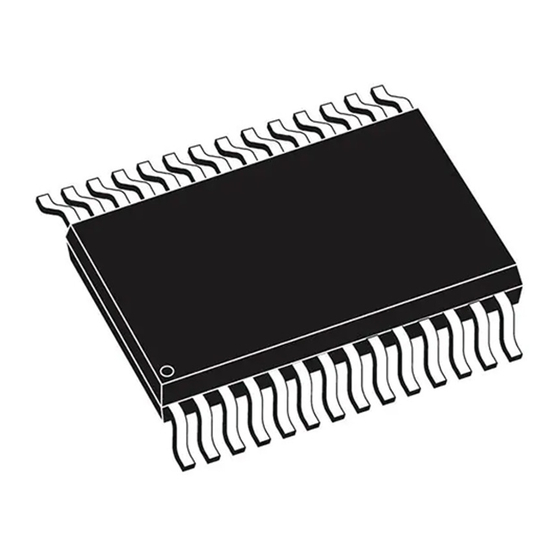
Table of Contents
Advertisement
Quick Links
Technical Reference Manual
The information described in this document is the exclusive intellectual property of
Nuvoton Technology Corporation and shall not be reproduced without permission from Nuvoton.
Nuvoton is providing this document only for reference purposes of NuMicro
system design. Nuvoton assumes no responsibility for errors or omissions.
All data and specifications are subject to change without notice.
For additional information or questions, please contact: Nuvoton Technology Corporation.
Nov. 28, 2019
®
NuMicro
Family
MS51 32K Series
MS51FC0AE
MS51XC0BE
MS51EC0AE
MS51TC0AE
MS51PC0AE
www.nuvoton.com
Page 1 of 491
1T 8051
8-bit Microcontroller
®
microcontroller based
MS51
Rev 1.00
Advertisement
Table of Contents
















Need help?
Do you have a question about the NuMicro MS51 32K Series and is the answer not in the manual?
Questions and answers